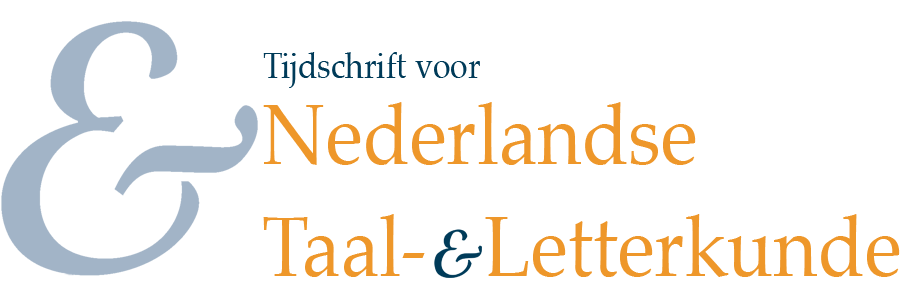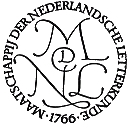A diachronic account of Dutch -nis, -heid, -dom and -schap. Rivalry within the paradigm of abstract suffixes
Samenvatting
In this case study I will investigate the history of the Dutch suffixes -nis (‘-ness’), -heid (‘-hood’), -dom (‘-dom’) and -schap (‘-ship’) in abstract nouns such as hechtenis (‘custody’), wijsheid (‘wisdom’), rijkdom (‘richness’) and moederschap (‘motherhood’). Even though they appear to have interchangeable schematic meanings at first sight, I will argue that over time they have established distinct semantic frames, different morphological patterns and varying degrees of productivity. By means of a corpus-based investigation I will examine the semantic and morphophonological changes in their development from 12th century to present-day Dutch. My reconstruction shows that, despite their different sources, all the suffixes under investigation undergo parallel processes of semantic generalisation and reanalysis. This study differs from others such as Trips (2009) on English -hood, -dom and -ship in that it includes the hitherto underresearched suffix -nis, which, unlike -heid, -dom and -schap, did not originate in autonomous nouns. Yet, when all suffixes meet in the paradigm of abstract suffixation, they display similar characteristics and engage in interaction and rivalry, leading to different diachronic paths and distinct present-day Dutch functions.
Terugverwijzingen
- Er zijn momenteel geen terugverwijzingen.



